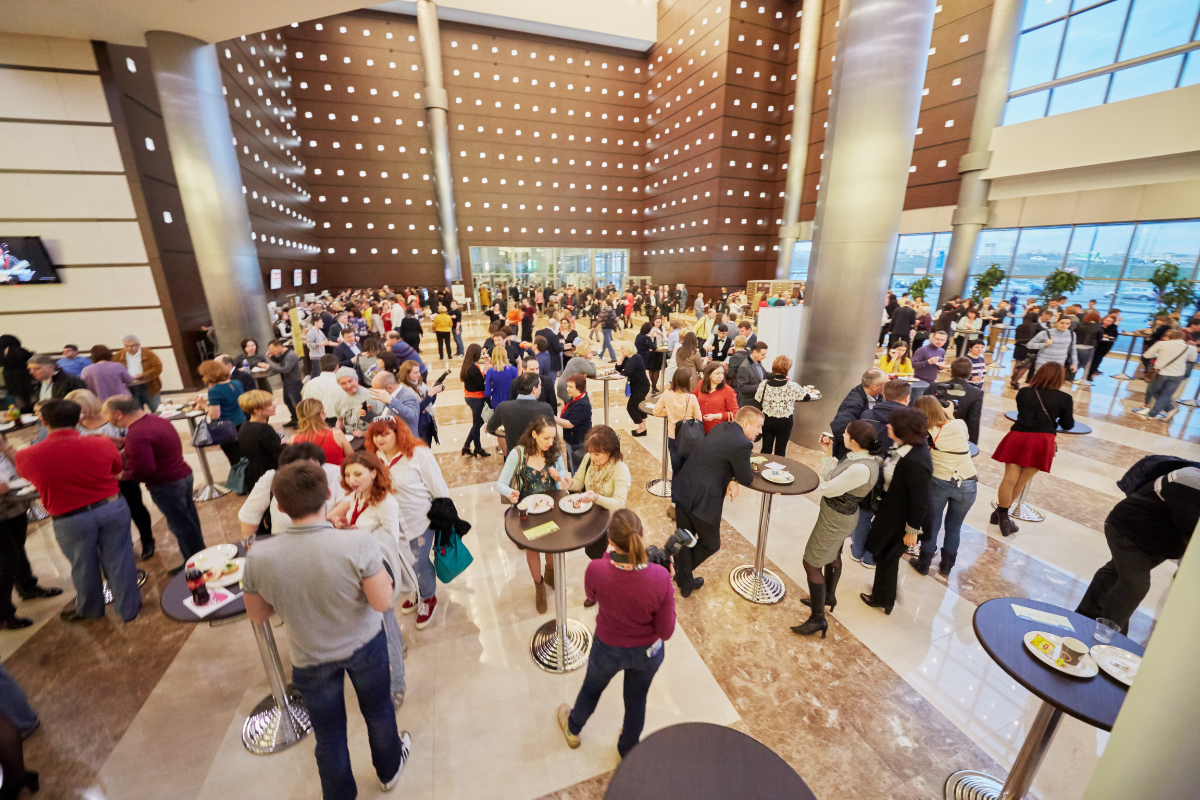
The Future of Food in Foodservice
[adsanity_group align=’aligncenter’ num_ads=1 num_columns=1 group_ids=’3′]
Times Are Changing
In today’s world, technology is rapidly changing how we live. Consider how we used to perform research for articles like this one, make phone calls and look for work. We have come a long way from encyclopedias, landlines and pounding the pavement with a stack of freshly printed resumes. You would be hard-pressed to find a part of our lives that technology hasn’t changed over the years, and our food is no exception. From how we shop for groceries to how the food is produced has changed significantly. These changes have also influenced what we eat (some for good and others not so good) and will continue to do so. The good news is that in addition to introducing our bodies to convenient and over-processed foods with very little nutritional value, food technology also holds the power to improve our dietary intake, health, and the planet significantly.
To meet the demand for animal products within our growing populations, 70 billion farmed land animals are raised globally every year. Raising these animals for food significantly impacts our environment by polluting our water, air, and soil; causing widespread deforestation; and contributing to carbon emissions that fuel the climate crisis. Additionally, animal agriculture creates health issues related to antibiotic resistance and the spread of disease. Further problems include; unhygienic and unsafe working conditions for production workers and the ethical considerations of raising and slaughtering millions of animals for food. How do we maintain this capacity for food production while addressing these environmental, health, and societal issues? Recent innovations in food production aim to tackle these pressing issues.
Promising Food Technology
The world’s demands for alternative protein sources that are affordable and delicious while being healthy and environmentally friendly are on the rise. The global market for these products is projected to increase by 18% between 2022 and 2032, reaching over 4.96 billion dollars in 2032, according to Future Market Insights. This is causing food manufacturers to diversify and offer new products and has allowed for an exciting increase in start-ups worldwide focused on bringing new food innovations to the market.
Some alternative protein products like plant-based burgers and non-dairy milk are widely available and have become commonplace to the general public. However, some up-and-coming food innovations are less familiar to the masses, such as cultivated meat, animal-free eggs, and dairy.
Cultivated meat, sometimes referred to as “clean,” “cultured,” or “cell-based meat,” uses cellular agriculture, which is “the production of genuine animal products without requiring animal breeding, rearing, and slaughter,” to create real meat without raising billions of animals for food. A single cow raised over two years and killed using modern food production practices yields roughly 800 quarter-pound burger patties. Meanwhile, we can collect a small sample of cells from a living cow to produce 80,000 quarter-pound burgers in as little as 5-7 weeks. That is 100 times more meat in a fraction of the time. While this technology is still being fine-tuned to make it scalable and affordable for the masses, it holds great promise to reduce the environmental and social impacts of meat production while also eliminating the public health risks associated with CAFOS (concentrated animal feeding operations). UPSIDE Foods, the California-based cultivated meat company, recently became the first in the world to receive a “No Questions” letter from the U.S. Food and Drug Administration (FDA) signaling that its cultivated chicken is safe to eat. This is one of many recent global breakthroughs that are assisting in bringing these new food technologies to market.
It is also possible to make foods known as “animal-free dairy” and “animal-free eggs” using bioreactors and essential nutrients just like cultivated meat. However, creating these products includes some significant differences from cultivated meat production. Unlike cultivated meat, creating animal-free dairy and eggs uses no animal cells. Instead, this food technology uses microflora – a term encompassing many small organisms such as yeast, bacteria, fungi, and other microorganisms safe for human consumption. Using precision fermentation techniques, microflora is programmed to produce proteins such as casein, whey (found in dairy products), and egg whites. These animal-free egg white proteins can then be used to make many of the foods we enjoy, such as desserts and other baked goods.
Various types of fungi are also being used to create meat alternatives. Mushrooms, fungi roots (known as rhiza mycoprotein), and other microflora are being fermented, similar to the process of creating animal-free eggs and dairy. Through this fermentation process, a nutritious plant-based alternative that can take on the taste, shape, and texture of animal meats is created.
The Revolutionary Role of Foodservice
While cultivated meat, fungi-based proteins and animal-free dairy products are not yet widely available, many companies are using food technology to make delicious products from plants available right now. These plant-based protein sources are foods that, in some cases, have long been available, can play an important role in a more sustainable food system, and can be found in many groceries and convenience stores. They are also becoming increasingly available to foodservice professionals through their distributors. Easy-to-prepare plant-based burgers and chicken products have become commonplace on mainstream restaurant menus and are smart additions for any establishment looking to appeal to the growing number of consumers seeking meat-free options. Nondairy milks and cheeses are also becoming more popular and more available at restaurants, hotels and other establishments.
As foodservice providers, you hold a unique role in influencing the dietary choices of your customers. With roughly 49% of the money spent on food by Americans going towards eating outside of the home, the availability of healthy, sustainable and tasty alternatives to traditional meat and dairy products in your establishments is critically important. With convenience being mentioned as a top potential barrier by those considering reducing meat and dairy product consumption, it is up to you to help remove that barrier by making these alternatives available to consumers where they eat most often. With your help in offering delicious plant-forward menu options, working with your distributors to broaden the availability of items as they come to market, and communicating with your customers about the benefits of these food technologies as they become available, we can make a true difference in the health of our planet and all of us who share it.
For information about free food education programs available for your school, university, healthcare facility, company, or community, visit www.ecprogram.org or contact karyn.knox@ecprogram.org.


